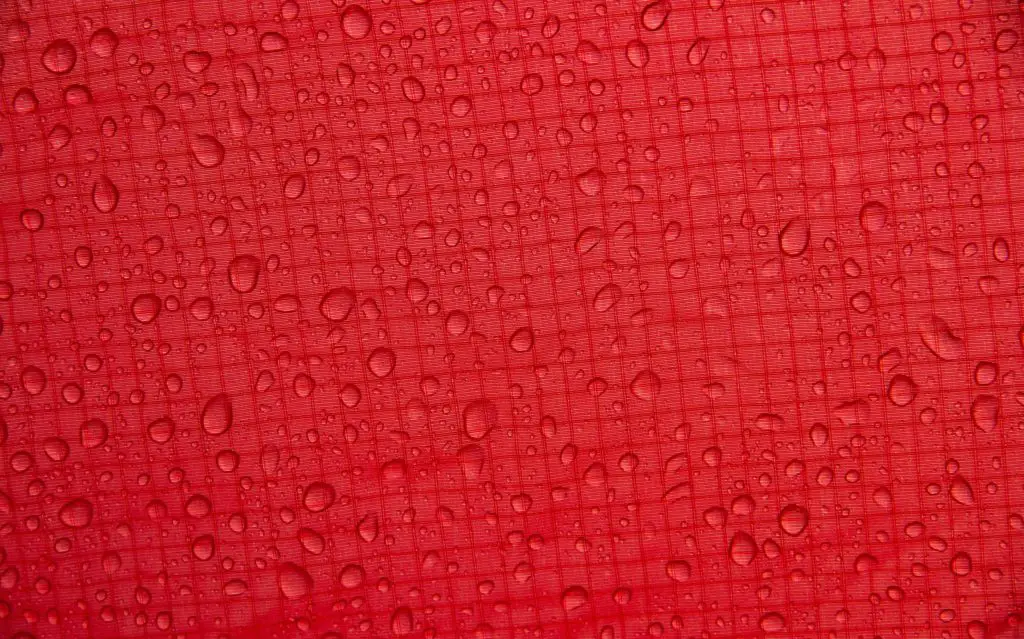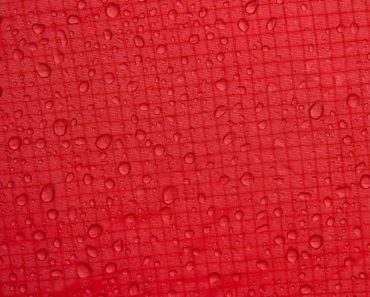What is 30d nylon and why is it such a popular material in various industries?
30d nylon is a lightweight, durable, and versatile fabric that is commonly used in the production of outdoor gear, clothing, and accessories.
It has gained popularity in recent years due to its impressive strength-to-weight ratio, resistance to abrasion and tearing, and ability to be easily dyed and treated for various applications.
In this blog post, we will explore the properties, uses, and advantages of this remarkable material, as well as its impact on the environment and the future of 30d nylon in the textile industry.
Properties of 30d Nylon
As an engineer and outdoor enthusiast with experience in various fabric types, 30D Nylon is a material that I have come to appreciate for its unique properties and advantages in outdoor gear and equipment. 30D Nylon refers to a specific denier (D) rating of Nylon, which is a unit of measurement for the linear mass density of fibers.

When it comes to outdoor applications, 30D Nylon offers several desirable characteristics. First and foremost, its primary benefit lies in its high strength-to-weight ratio. This means that despite being lightweight, 30D Nylon maintains excellent tensile strength and durability.
This property is particularly valuable when it comes to outdoor gear, such as backpacks, tents, and sleeping bags, where weight savings are crucial without compromising on performance and reliability.
Another noteworthy property of 30D Nylon is its abrasion resistance. During outdoor activities, gear often faces rough and abrasive conditions, such as contact with rocks, branches, or rough surfaces. 30D Nylon is known for its ability to withstand such challenges, providing a protective barrier against abrasion and ensuring the longevity of outdoor equipment.
I recall a recent hiking trip where my 30D Nylon backpack endured constant contact with rocky terrain, but it remained intact and showed minimal signs of wear and tear, highlighting the durability of this fabric.
Moreover, 30D Nylon exhibits excellent water resistance and quick-drying capabilities, making it suitable for a wide range of outdoor applications. When exposed to rain or other forms of moisture, 30D Nylon does not easily absorb water, which helps keep gear dry and reduces the risk of moisture-related issues like mold or mildew. Additionally, its quick-drying nature allows equipment made from 30D Nylon to dry rapidly after exposure to wet conditions, preventing prolonged discomfort or potential damage.
Furthermore, 30D Nylon offers good tear resistance properties. Outdoor activities often involve encounters with sharp objects or potential snagging hazards, which can cause fabric tears.
However, 30D Nylon is designed to withstand such incidents, minimizing the risk of further damage and ensuring the integrity of the gear. I recall a camping trip where my tent, made from 30D Nylon, endured accidental contact with a sharp rock, but to my relief, it sustained only a minor tear that was easily repairable.
In terms of versatility, 30D Nylon can be treated with various coatings and finishes to enhance its performance. For example, the fabric can be treated with a Durable Water Repellent (DWR) coating to improve its water resistance. Additionally, it can be silicone-coated for increased strength and improved resistance against UV rays, enhancing the longevity of gear exposed to prolonged sun exposure.
While 30D Nylon offers numerous benefits, it is essential to consider the specific requirements of each outdoor activity when choosing a fabric type. For example, if weight reduction is a top priority, 30D Nylon would be an excellent choice due to its lightweight nature. However, if extreme durability is crucial, a heavier fabric like Cordura might be more suitable.
In conclusion, 30D Nylon is a remarkable fabric choice for outdoor gear and equipment due to its high strength-to-weight ratio, abrasion resistance, water resistance, quick-drying capabilities, and tear resistance.
Its versatility in terms of coatings and finishes further enhances its performance and makes it a valuable option for various outdoor applications. Whether it’s a backpack, tent, or sleeping bag, gear made from 30D Nylon offers a reliable and durable solution to withstand the rigors of outdoor adventures.
Strength and Durability
One of the most notable properties of 30d nylon is its incredible strength and durability. The fabric is made from high-quality nylon fibers, which are known for their high tensile strength and resistance to wear and tear. This makes 30d nylon an ideal choice for applications where durability is a top priority, such as outdoor gear, sports equipment, and rugged clothing.
Lightweight and Packable
Another key attribute of 30d nylon is its lightweight nature. Despite its strength and durability, the fabric is surprisingly light and easy to pack, making it an excellent choice for lightweight gear and garments that need to be easily carried or stored. This is particularly important in the world of outdoor and adventure sports, where every ounce counts and bulky gear can be cumbersome and limiting.
Water-Resistant and Quick-Drying
30d nylon is also water-resistant, thanks to the tight weave of the fabric and its ability to be treated with various coatings and finishes.
This makes it an excellent choice for outdoor gear, such as tents, backpacks, and rain jackets, as well as activewear and swimwear.

Additionally, the fabric is quick-drying, which is a major advantage for garments and gear that are exposed to moisture and need to dry quickly.
UV Protection and Colorfastness
Nylon fabrics, including 30d, offer excellent UV protection, making them well-suited for outdoor applications where sun exposure is a concern. They can also be easily dyed in a wide range of colors, and the colorfastness of the fabric ensures that the colors remain vibrant and resistant to fading, even with prolonged exposure to sunlight and harsh weather conditions.
Versatility and Ease of Care
One of the key advantages of 30d nylon is its versatility, as it can be easily treated, coated, or laminated for various applications and performance characteristics. This makes it a popular choice for a wide range of products, from lightweight outdoor gear to heavy-duty industrial equipment. Additionally, the fabric is easy to care for, as it can be machine washed and dried without losing its shape or performance properties.
Uses of 30d Nylon
Outdoor Gear and Equipment
Due to its strength, durability, and lightweight nature, 30d nylon is an extremely popular choice for outdoor gear and equipment. Some common applications include tents, backpacks, sleeping bags, and rain flys.
Clothing and Activewear
30d nylon is also frequently used in the production of clothing and activewear, particularly for outdoor and adventure sports. Examples include rain jackets, windbreakers, swimwear, and lightweight insulating layers.
Parachutes and Paragliding Equipment
Thanks to its strength-to-weight ratio and resistance to UV degradation, 30d nylon is often used in the production of parachutes and paragliding equipment. Its durability and lightweight nature make it well-suited for these high-stress applications.
Industrial Applications
The versatility of 30d nylon means that it can also be found in various industrial applications, such as heavy-duty tarps, cargo nets, and protective covers for machinery and equipment.
Advantages of 30d Nylon
Cost-Effective
Compared to other high-performance fabrics, 30d nylon is relatively cost-effective, making it an attractive choice for manufacturers and consumers alike.
Environmentally Friendly
While the production of nylon does have some environmental impact, the durability and longevity of 30d nylon products mean that they typically have a lower overall environmental footprint than less durable alternatives.
Wide Availability
As a popular fabric choice, 30d nylon is widely available, which means that it is easy for manufacturers and consumers to source and purchase.
Environmental Impact and Sustainability
While 30d nylon offers many advantages, it’s important to consider the environmental impact of nylon production. Nylon is a synthetic fabric, which means that it is made from non-renewable resources, such as petroleum. The production process also involves the use of chemicals and energy, which can contribute to environmental pollution and climate change.
However, there are steps that can be taken to minimize the environmental impact of 30d nylon production, such as using recycled materials, implementing more efficient manufacturing processes, and adopting sustainable practices throughout the supply chain.
The Future of 30d Nylon
The future of 30d nylon is bright, as the demand for lightweight, durable, and versatile fabrics continues to grow. As technology advances, we can expect to see even more innovative applications for this remarkable material, as well as continued efforts to improve its sustainability and reduce its environmental impact.
Conclusion
In summary, 30d nylon is a lightweight, durable, and versatile fabric that offers numerous advantages for a wide range of applications, from outdoor gear and clothing to industrial equipment. Some key facts about 30d nylon include:
1.High strength and durability
2.Lightweight and packable
3.Water-resistant and quick-drying
4.UV protection and colorfastness
5.Versatile and easy to care for
6.Used in outdoor gear, clothing, parachutes, and industrial applications
7.Cost-effective and widely available
8.Environmentally friendly, with efforts being made to improve sustainability
9.Bright future with continued innovation and demand
Overall, 30d nylon is a remarkable material that offers a unique combination of strength, lightweight, and versatility, making it an important fabric in the world of textiles and beyond.




